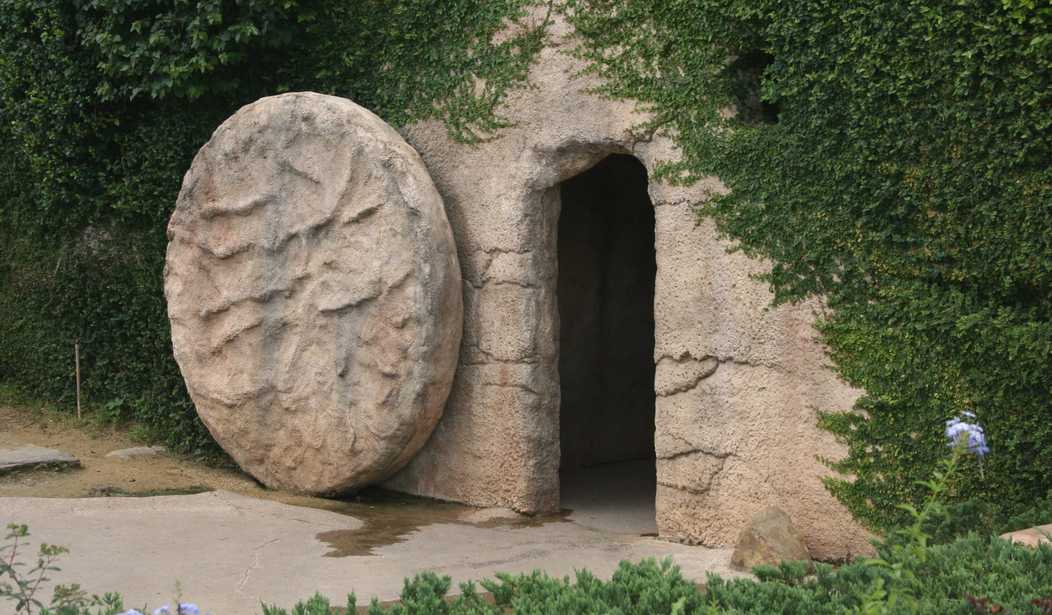When you read the four Gospels it becomes clear that they do not have rigid agreement on all the details of the resurrection of Christ (or several other stories for that matter). Plenty of critics use that as ammunition to cast doubts on the Bible. However, these differences in detail actually speak well for the authenticity and historicity of the text. For example, because there are different details, we know that there was no collusion between the authors. We would expect these seeming discrepancies if we are reading multiple eyewitness accounts.
Also, notice that no one really looks good in these stories (except Jesus). All of the disciples are in shock and awe at the resurrection. It takes them ALL by surprise! Normally we would expect the disciples to paint themselves in a better light. And look at some of the little “twists” in the narrative. Who are the first witnesses and evangelists? The women! Women’s testimony was not even admissible in court in the first century. And a lady like Mary Magdalene was formerly demon-possessed (Luke 8:2)! Hardly the kind of witness we would put in the story if we were writing it back then.
All that being said, here is a workable timeline, presenting the harmony of the accounts of the resurrection of Jesus:
Early in the Morning on Sunday
Jesus rises from the dead in the earliest hours of Sunday (Matthew 28:2). An earthquake and an angel roll back a stone to let the disciples in to see the evidence.
As dawn was breaking, several women (Mary Magdalene, Salome, and Mary the mother of James) come to the tomb. They see the stone rolled back. Mary Magdalene runs away to tell Peter and John (John 20:1-2) while the other ladies stay at the tomb.
The other women go into the tomb and see an angel who tells them that Jesus is not here; He is risen (Matthew 28:5-7; Mark 16:5-7). Matthew and Mark say there is an angel. Luke 24 says there were two angels. Contradiction? No. Matthew and Mark do not say there is only one. They merely focus on what one is saying. Luke gives us more detail that there were two angels present.
The Women Leave the Tomb
The women are sent on their way to tell the rest of the disciples. The women are traumatized and say nothing as they are journeying back (Matthew 28:9-10; Mark 16:8). Then Jesus appears to them while they are running back (Matthew 28:9-10).
Meanwhile, Mary Magdalene together with the other ladies arrive where Peter and John are hiding out, and they tell them what they have experienced. These two men then run to the tomb. John gets there first, but Peter barges past him and enters the tomb. The disciples see the grave clothes, but walk away stunned (John 20:3-10; Luke 24:12).
They leave the tomb area, but Mary Magdalene returns. While she is lingering there, she sees the two angels who have reappeared (John 20: 12). She then sees another person and thinks it is the gardener, but actually it is Jesus (John 20:14-17). Mary is personally sent by Jesus to tell the other disciples back in Jerusalem (John 20:18).
Jesus Appears to His Disciples
Finally, later that day Jesus appears to Peter (Luke 24:39; 1 Corinthians 15:5). Afterward, Jesus appears to the two disciples on the road to Emmaus (Luke 24:13-35). Jesus appears to the other apostles without Thomas being present (Luke 24:33-49; John 20:19-23). A week later, Thomas is in the room with everyone else when Jesus appears again. This is where Thomas calls Jesus “my Lord and my God” (John 20:28).
Sometime later Jesus appears to disciples by the Sea of Galilee (John 21:1-23), and the apostles meet with Him on a hilltop there (Matthew 28:16-18). Luke tells us that Jesus made these appearances to His people for 40 days after the resurrection (Acts 1:3). During those 40 days they journeyed back to Jerusalem. Before His ascension into heaven Jesus appears to 500 brethren at one time (1 Corinthians 15:7). And in that stretch of time He gives at least five commissions; each one having essentially the same basic message (Matthew 28: 18-20; Mark 16:15-18; Luke 24:46-49; John 20:21-23; Acts 1:8).
Throughout these various accounts, we see the same angelic visitation, empty tomb, and grave clothes. We see the same devout women, unbelieving (at first) apostles, and traumatized and confused disciples. And we see the same resurrected and glorified Jesus giving essentially the same commissions to His strengthened followers. Contradiction? I think not.









Join the conversation as a VIP Member